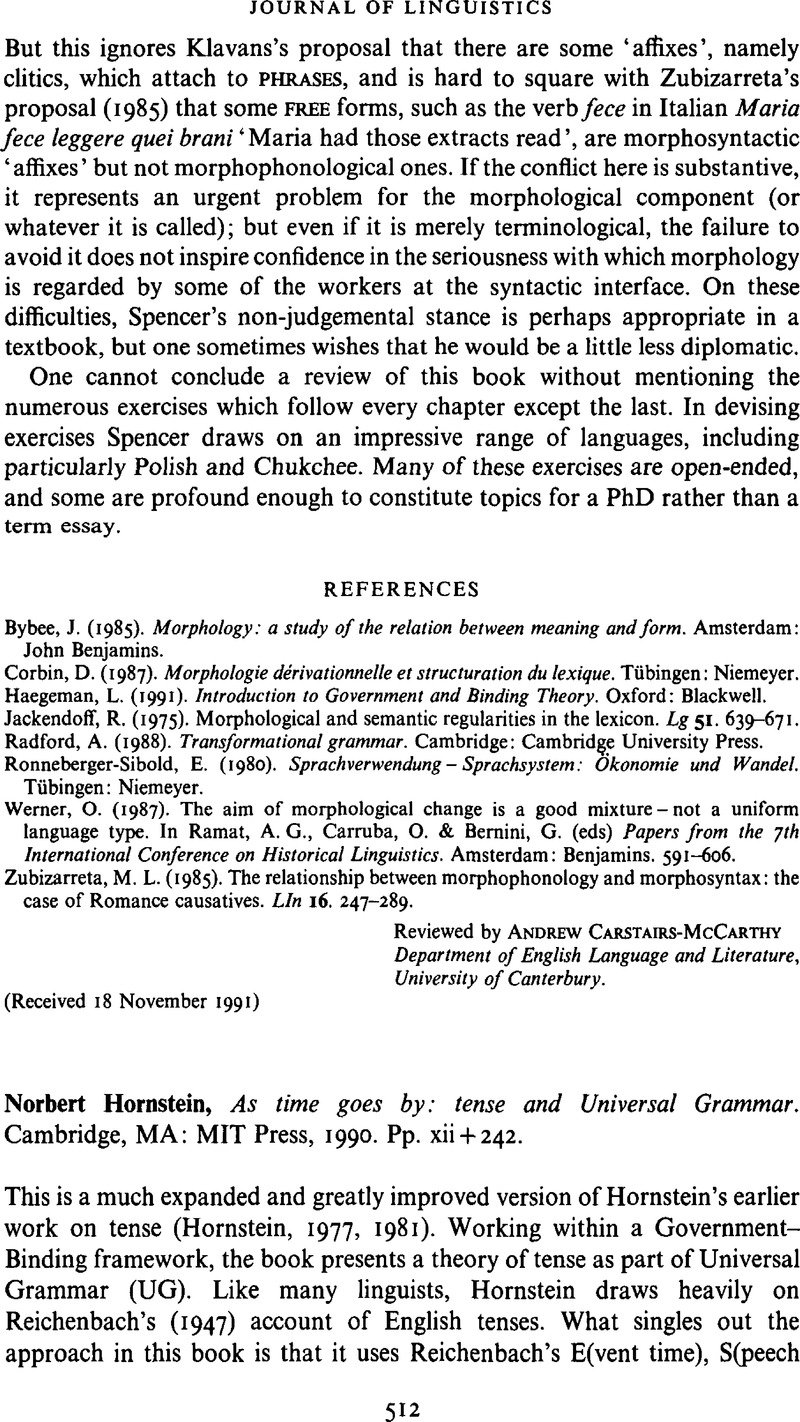Crossref Citations
This article has been cited by the following publications. This list is generated based on data provided by Crossref.
López-Astorga, Miguel
2021.
The conjunction commutativity law does not hold in natural language: Difficulties in the search for syntactic support.
Khazar Journal of Humanities and Social Sciences,
Vol. 24,
Issue. 2,
p.
22.
Gomes, Jean Carlos da Silva
Martins, Adriana Leitão
and
Rodrigues, Fernanda de Carvalho
2021.
The linguistic impairment of the perfect aspect in Alzheimer’s disease and logopenic primary progressive aphasia.
Cadernos de Linguística,
Vol. 2,
Issue. 4,
p.
e528.





